During the winter of 1984/5, trial excavations on the site of an Iron Age enclosure at Brighton Hill South, Basingstoke, revealed an unexpected find – the foundations of a medieval church and part of an associated settlement. Further investigations and study of the pottery finds eventually identified three phases of occupation, ranging from the mid 11th to the late 15th century.
The church, of simple nave and chancel form, was built of flint and mortar and stood at the centre of a large graveyard. It was a two-phase structure, the second phase involving the enlargement of the chancel. The date of construction is not certain (partly because the preservation scheme agreed with the developers meant that no in situ walls or floors were removed). It may be pre-Norman Conquest (1066) in origin, but is perhaps more likely to be an early Norman structure.
There were nine graves within the church building, two of which were cut through by the eastern and western walls. Five of the graves were excavated, producing six burials. One of them (Grave 0369) was of a mature adult male accompanied by a pewter chalice and paten and an iron buckle, and this was presumably the grave of a priest. Another, earlier grave, of an immature male, was accompanied by two silver farthings of Edward I (minted 1280-1300). Two of the burials from inside the church were of infants, one of whom had been buried in a coffin. 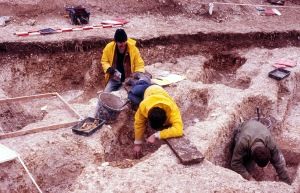
The churchyard enclosure was found to contain at least 258 graves of which 37 were excavated, revealing at least 46 burials. There were a number of double burials, several graves had been re-used and inter-cutting was common. More than half the burials were of children. This is a high ratio, but the infant mortality rate would have been high in the medieval period (100 per 1000 live births) compared with current UK figures, where the rate is just four.
The village buildings were of timber construction and the later examples made greater use of sophisticated framing techniques, in contrast to the more substantial foundations of the earlier phase.
Documentary evidence shows that this was the ancient manor and church of Hatch, probably quite a high status settlement in the 12th and 13th centuries, when high-class imports such as pottery from Saintonge were being used. By the time of Edward III (1327-77) however, 300 acres in the parish were recorded as ‘untilled and unsown’ and by 1380 it was exonerated from paying tithes and merged with Cliddesden. The name survived – in Hatch Warren Farm – and was later adopted for the development, but the location was lost, until Basingstoke expanded in this direction and the archaeologists got to work.
Further reading: Fasham & Keevill (1995), Brighton Hill South (Hatch Warren) Wessex Archaeology Report No. 7.
A1987.13
Series by Dave Allen, Sarah Gould, Lesley Johnson, Jane King, Peter Stone, with help from Stacie Elliot.
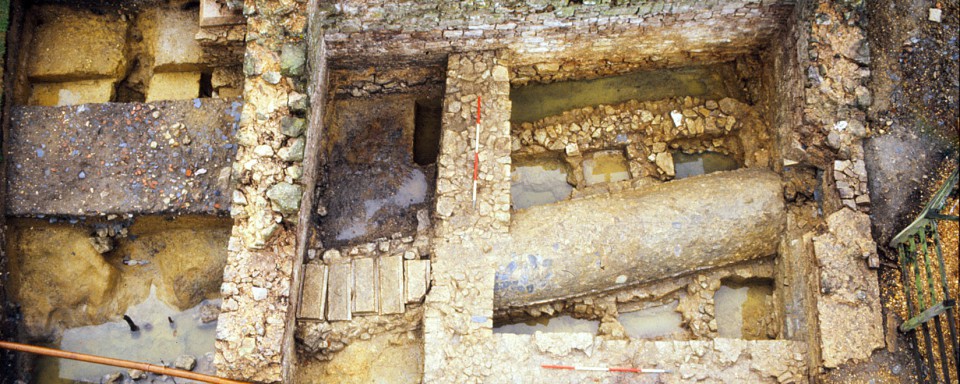
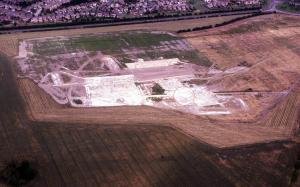
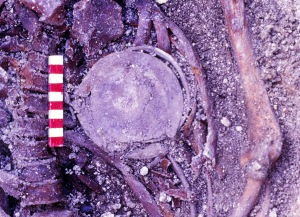
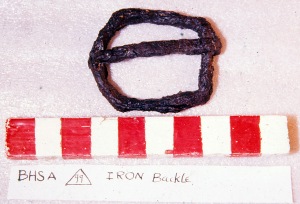
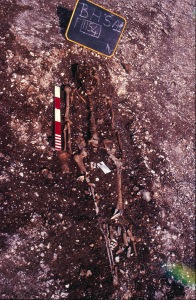
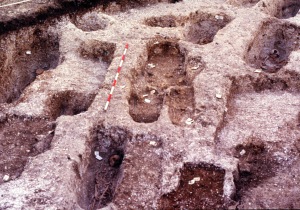
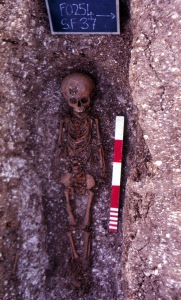
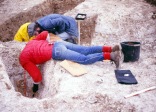
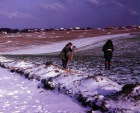
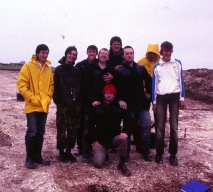
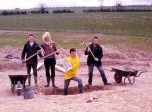
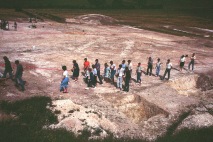
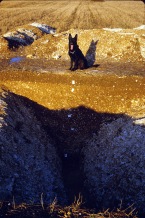

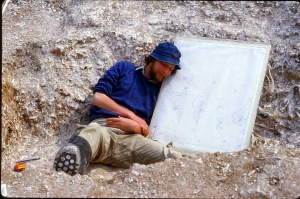



[…] they came upon the medieval settlement that included a church, burial ground and various artifacts, says the blog Hampshire Archaeology, which is maintained by county archaeologist Dave […]
[…] they came upon the medieval settlement that included a church, burial ground and various artifacts, says the blog Hampshire Archaeology, which is maintained by county archaeologist Dave […]
Hi, i live in Hatch Warren and very close to the location of the Medieval Village of Hatch in fact it beneath the feet of where my children play on the field. Using Google Earth i have compared the photos of the 1980’s and know it exact location. I’d like to find out more about this site so that i can share with others in the community.